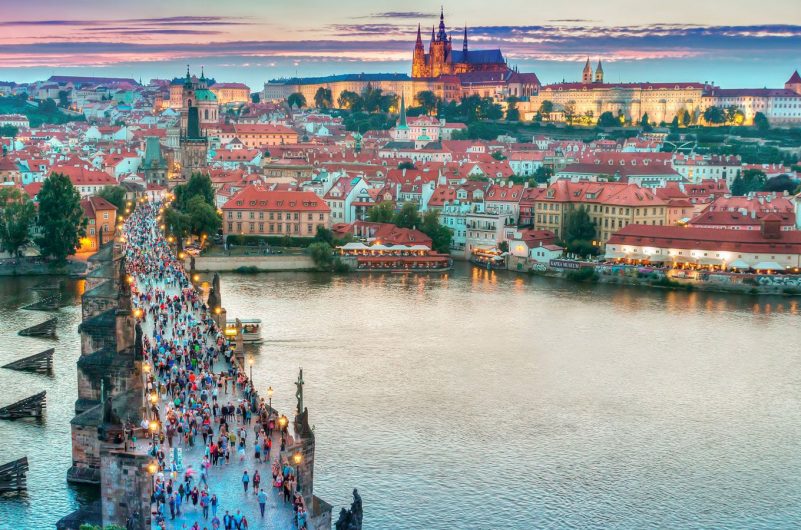Tourism plays a major role in the Czech Republic’s global presence, and effective localization is one of the biggest reasons destinations like Prague, Brno, and Český Krumlov attract millions of English-speaking visitors every year. Yet Czech to English translation for tourism isn’t as simple as changing signs, brochures, and website text. Travelers expect clarity, warmth, and engaging storytelling. They want experiences that feel effortless—even when navigating a history-rich country with a language full of accents and unique expressions.
This article breaks down exactly how Czech tourism boards and city marketing teams localize their messaging for English-speaking audiences. We’ll dig into real language strategies used in promotions for Prague’s Old Town charm, Brno’s experimental culture, and Český Krumlov’s fairy-tale atmosphere. You’ll see how tone, formatting, phrasing, and cultural interpretation play a major role in attracting travelers. Whether you work in tourism, hospitality, or localization, these lessons reveal what it really takes to make Czech destinations irresistible to English-speaking audiences.
- Translating Czech Descriptions into Clear, Traveler-Friendly English
Czech descriptions often contain poetic phrases, long sentences, and cultural references that don’t translate directly. Localization teams rewrite these into shorter, clearer English with a focus on benefits and imagery. For instance, a Czech phrase describing Prague Castle’s “symbolicka dominanta mesta” becomes something more experiential like “the iconic landmark that crowns the city skyline.” This small shift helps English travelers instantly visualize the experience without losing the cultural essence.
- Rewriting Historical Content Without Overloading Visitors
Czech attractions often carry centuries of history that can overwhelm visitors if not localized well. English content focuses on storytelling rather than academic detail, turning dense narratives into digestible experiences. Instead of listing dates and architectural phases, tourism teams highlight key moments that guide visitors emotionally—such as legends, turning points, and human stories. This keeps historical authenticity intact while ensuring content remains engaging and accessible.
- Adapting Tone for Warmth and Hospitality
Czech communication can be more formal and matter-of-fact, while English tourism language leans heavily toward friendliness and encouragement. Tourism campaigns in English adopt a warm, inviting tone, using phrases like “You’ll love exploring…” or “Don’t miss the chance to discover…” This shift makes destinations feel welcoming from the very first interaction and builds excitement even before visitors arrive.
- Translating Complex Place Names and Providing Pronunciation Help
Place names such as “Staroměstské náměstí” or “Katedrála svatého Víta” can intimidate English speakers. Localization teams often include phonetic guides or shorter English alternatives like “Old Town Square” or “St. Vitus Cathedral.” This helps travelers feel more confident navigating signs, maps, and guided tours without stripping the locations of their Czech identity.
- Highlighting Czech Culture Through Emotional Storytelling
English-speaking tourists connect more strongly with narratives than with raw facts. Tourism boards weave emotional storytelling into campaign text, using themes like tradition, craftsmanship, community, and heritage. For Prague, this might mean focusing on romantic river sunsets. For Brno, it’s the rebellious, youthful energy. For Český Krumlov, it’s the feeling of stepping into a medieval fairytale. Emotional language helps travelers imagine themselves in the moment, making destinations far more enticing.
- Adapting Humor and Local Expressions for International Visitors
Czech humor tends to be dry, ironic, and subtle. When local campaigns include humor, English versions often require full transcreation. For example, quirky Brno slogans are rewritten using playful English phrases that keep the city’s personality intact. This ensures the charm remains without confusing travelers who may not understand Czech idioms or wordplay.
- Localizing Practical Information for English-Speaking Travel Expectations
English travelers expect clear details—opening hours, ticket prices, accessibility notes, transportation routes, and safety advice. Czech tourism teams adjust formatting and sentence structure to make key information easily skimmable. Bullet-style layouts, action-oriented instructions, and universal symbols help visitors plan efficiently. This practical clarity directly impacts visitor satisfaction.
- Optimizing Websites and Brochures for English-Speaking Search Habits
English-speaking travelers search differently than Czech travelers. They use phrases like “things to do,” “best attractions,” or “day trip from Prague.” Tourism teams optimize English websites with keywords and content that match these expectations. This includes rewriting headers, updating meta descriptions, and adjusting blog-style itineraries to align with natural search behavior.
- Translating Menu Items, Signage, and On-Site Materials
Restaurants, museums, and cultural venues often need English menus, entrance signs, exhibit descriptions, and safety instructions. Literal translations can lead to awkward or confusing phrasing, so localizers rewrite text to match international hospitality standards. Clear food descriptions, allergy notes, and visitor directions help travelers feel supported at every touchpoint.
- Creating Multilingual Campaign Videos with Perfectly Synced English Narration
Video campaigns use English subtitles or narration that must match visuals without feeling rushed or stretched. Czech speech patterns can differ from English pacing, so translators may shorten or rephrase sentences to sync with the video timeline. This ensures a seamless viewing experience and enhances international engagement across platforms.
Conclusion
Localizing Czech tourism campaigns for English-speaking travelers requires a delicate balance of accuracy, warmth, and emotional impact. The goal isn’t simply to translate Czech text—it’s to transform complex cultural, historical, and linguistic elements into clear, welcoming, and inspiring English experiences. From rewriting historical descriptions to simplifying place names, adapting tone, and fine-tuning visual-language alignment, Czech tourism teams put tremendous care into every detail. This thoughtful localization helps destinations like Prague, Brno, and Český Krumlov shine on the global stage.
For tourism marketers, the lessons are clear: focus on clarity, embrace storytelling, honor cultural identity, and anticipate the needs of English-speaking travelers. When done well, localization becomes a powerful bridge that turns curiosity into action and helps visitors feel at home—even thousands of miles away. If you’re ready to elevate your tourism content, adopting these Czech-to-English localization strategies is the perfect place to start.
FAQs
- Why is tourism localization so important for Czech destinations?
Because clear and engaging English messaging boosts visitor confidence and trip planning. - Do Czech place names always need English versions?
Not always—but pronunciation help or simplified labels improve accessibility. - What tone works best for English tourism campaigns?
Warm, inviting, and descriptive language performs better with international travelers. - Should historical content be shortened for English visitors?
Yes, when needed—English audiences prefer narrative highlights over dense detail. - How does localization improve traveler satisfaction?
It removes confusion, enhances navigation, and makes experiences feel welcoming


